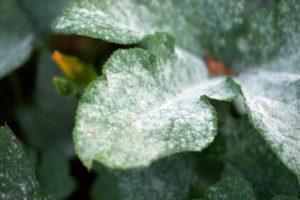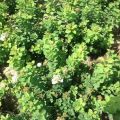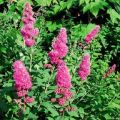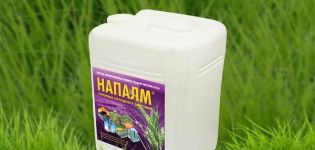Description and characteristics of the Spirea Firelight variety, planting and care
Cultivating shrub plants in the garden, you always want to plant only the best varieties. For example, you should pay attention to a plant like spirea. Spirea of the Firelight variety refers to unpretentious plants, which are easy to care for and grow. This shrub will be a real decoration for any garden.
Description and characteristics of spirea Firelight
Before purchasing a seedling, you need to study the description of the plant. Spirea variety Japonica Firelight is characterized by an unusual shade of foliage - it changes during the entire growing season. Freshly blossoming leaves have a reddish tint with an orange tint. Then they turn yellow-green. At the end of the growing season, the foliage becomes bloody scarlet.
The variety has a long flowering period that lasts from June to September. Inflorescences are bright pink. The shrub is small in height, grows up to 60 cm. The stems are arched, the bush itself is round. The crown is spreading and strongly thickened.
Pros and cons of the plant
Advantages of Japanese Spirea Firelight:
- High winter hardiness.
- Long bloom.
- Easy to grow.
- Unusual appearance.
- Compactness.
- Combines with almost all plants in the garden when decorating the site.
No significant shortcomings were found in spirea.

Features of growing varieties
Spirea Japanese Firelight is very unpretentious in cultivation. The main condition is to find the most favorable place for the bush and prepare the seedlings for planting.
Preparation of planting material
Only healthy seedlings with a well-developed root system are suitable for planting. There should be no damage on the bushes. The roots are elastic and not dry. The root system can be placed in a growth promoter for several hours before planting. And just before planting in open ground - in a liquid clay solution.
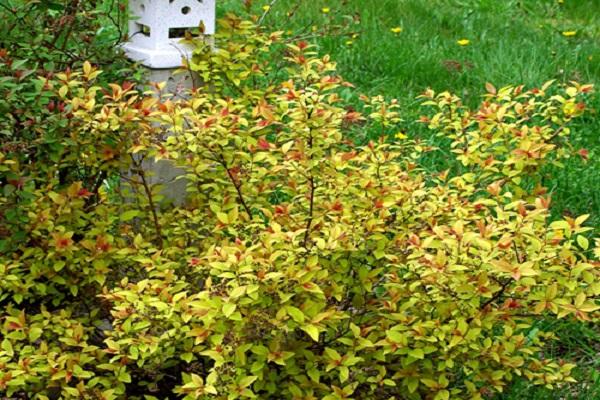
Selecting and preparing a landing site
Spirea Firelight prefers to grow on well-damp, loose soil. It grows poorly on poor soil. It is recommended to plant shrubs in the sun. This also applies to cultivation in the southern regions, where the sun is scorching.
In the shade, the foliage is not as rich in color as in the sun. It also takes root in partial shade. Can be planted under trees (provided that they do not have a spreading and thick crown). It is best to plant a seedling in September in cloudy rainy weather, when the soil is well saturated with moisture.
Planting scheme and process
The first stage of planting a spirea seedling Firelight P9 is preparing a pit. The size of the pit depends on the type of soil. If the soil is favorable for the plant, then the hole is dug up to a depth of 45-55 cm. And if the substrate is not suitable for planting, then the hole is dug three times more than the root system of the bush. The pit should be larger both in depth and in width.
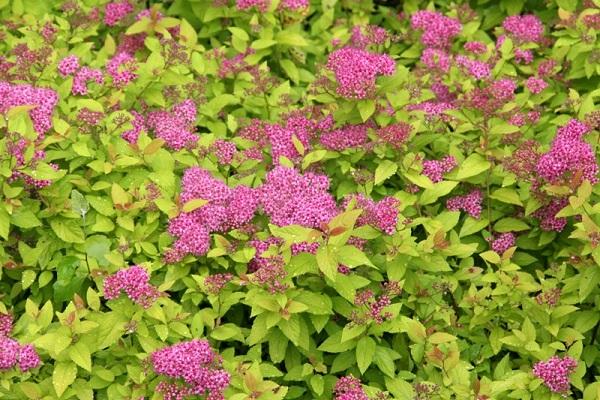
Soil and pit preparation:
- After the hole has been dug, drainage is poured to the bottom.
- Then the pit is covered with a mixture of peat, river sand and sod or leafy soil (one part of sand and peat, two parts of land).
- The distance at which the seedlings will be planted depends on how much they are planned to be planted on the site.
- The distance between the bushes is at least 40 cm.
- If there are a lot of bushes, the distance is increased to 70 cm.
Planting spirea:
- If a seedling is planted with a clod of earth, the soil is watered abundantly with water before planting.
- If the roots are bare, in this case the seedling is soaked for 12 hours in a growth activator (succinic acid or “Heteroauxin”).
- Place the seedling in the ground and cover with soil.
- Tamp down near the base of the trunk.
At the end of planting, water the seedling abundantly with warm water. If planting is carried out in the fall, then immediately after planting, you can mulch the soil.
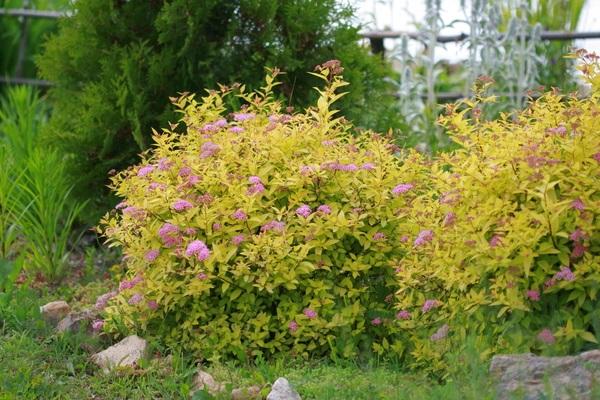
Further care of the culture
After planting, you must not forget about caring for the bush.
How to water a bush?
Watering spirea should be regular. It is undesirable to allow the soil to dry out. Spirea especially needs irrigation in dry weather.
Fertilization and feeding
For rapid growth and lush flowering, spirea is regularly fertilized with mineral or organic fertilizers. After planting, potash-phosphorus fertilizers are applied to the soil. In early spring, before bud break, the soil is fertilized with nitrogen.

A mixture of manure and chicken droppings is suitable for spring feeding. Fertilizers are diluted in water, insisted for 10 days. Before watering, they dilute with water and water the bushes with them. Superphosphate and mullein are also used as fertilizers.
Pruning
The Firelight variety is pruned in early spring. In powerful, well-developed stems, part is cut off to healthy buds. Small and weak branches are removed completely. In the fourth year of growing the shrub, the stems are cut by 25-30 cm.
For pruning, use sharply sharpened scissors that do not leave creases on the branches. Before each procedure, the scissors should be wiped with alcohol. The cuts are dusted with wood ash to prevent infection.
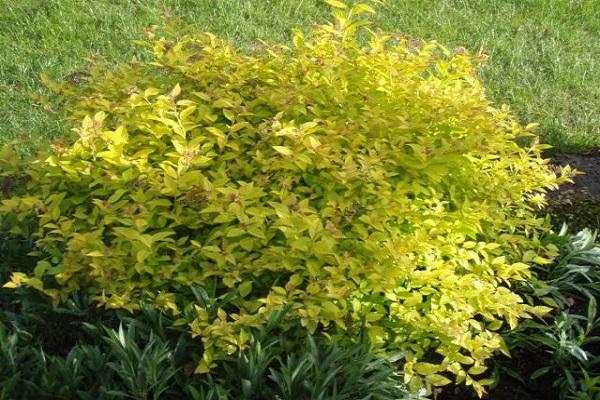
Potential diseases and pests
Although spirea is rarely affected by diseases and insects, such cases do occur. Of the insects on the bush are found:
- aphid;
- spider mite;
- whitefly.
Spraying the bushes with Fitoverm helps with whitefly. You can get rid of aphids if you treat the plant with the preparations "Kronefos" or "Actellik". Spraying with a solution of laundry soap also helps. The drug "Arex", "Phosphamide" or "Metaphos" will help to get rid of the spider mite.
From diseases on the plant, there are various types of spotting and gray mold. In order to get rid of these diseases, use drugs "Fundazol", Bordeaux liquid or colloidal sulfur.

But it is better not to allow the development of diseases at all. To do this, it is undesirable to thicken the plantings, you need to organize watering and regularly destroy weeds on the site.
Breeding methods
There are three ways to reproduce spirea. It is seed, cuttings and layering.
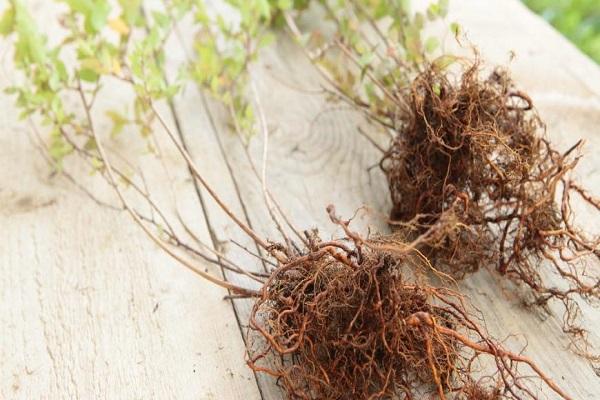
Breeding methods:
- Cuttings are carried out in the spring. For propagation using cuttings, young specimens are cut in mid-June. They are installed in containers filled with river sand and peat. They are watered almost every day. The next year, the cuttings are planted outside.
- Cuttings are also grown in spring.For this, the lower stems are bent to the ground and covered with soil. To keep the branch in place, it is fixed. In autumn, the branch is covered with foliage. Next year, by the spring, the layers will take root, and by the fall they can be planted.
- To grow spirea from seeds, containers are filled with a mixture of river sand and peat. Then the seeds are planted. Shoots should appear in 10 days. After 3-3 months, the seedlings can be planted outside. Before the onset of cold weather, it is better to cover young bushes with something.
The most difficult thing is to propagate a plant with seeds, especially those collected on their own. The seed method is not suitable for breeding hybrid varieties.
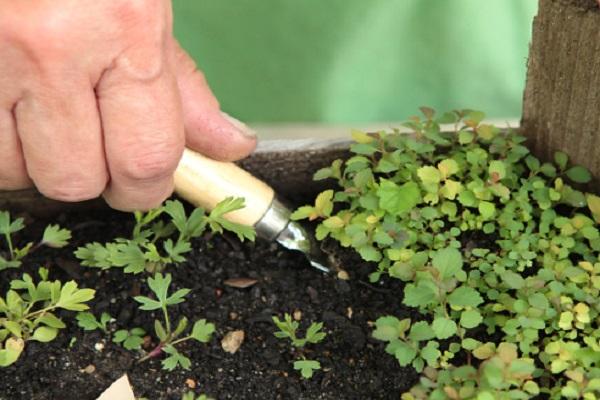
Use in landscape design
The Firelight spirea shrub is suitable for creating hedges and flower arrangements from perennial shrubs and other plant species.
Looks good in single plantings and together with spirea of other varieties. Also, the shrub is combined with conifers, lavender, barberry, St. John's wort.
